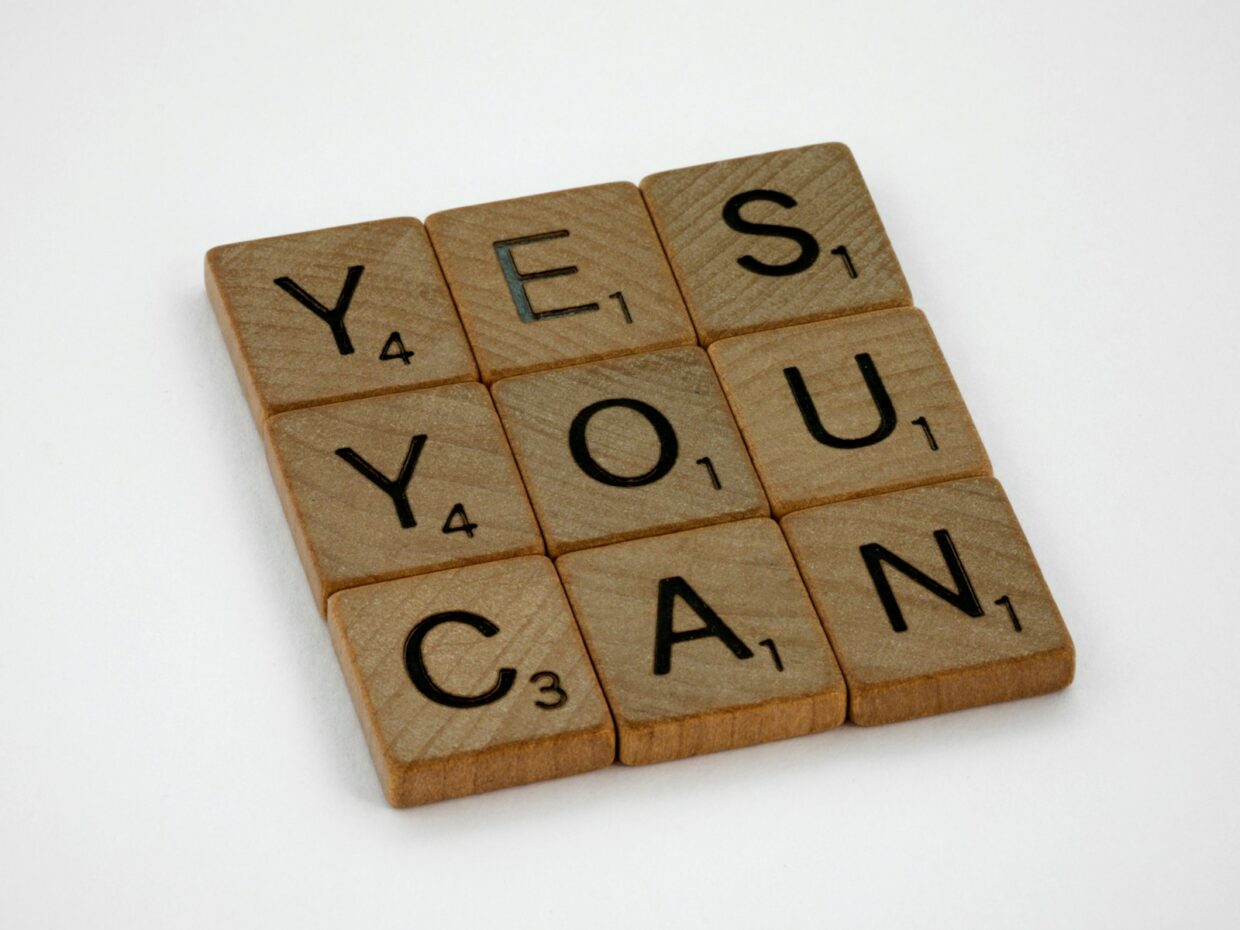My very first time teaching an actual class~Reflecting using gibbs reflection Cycle
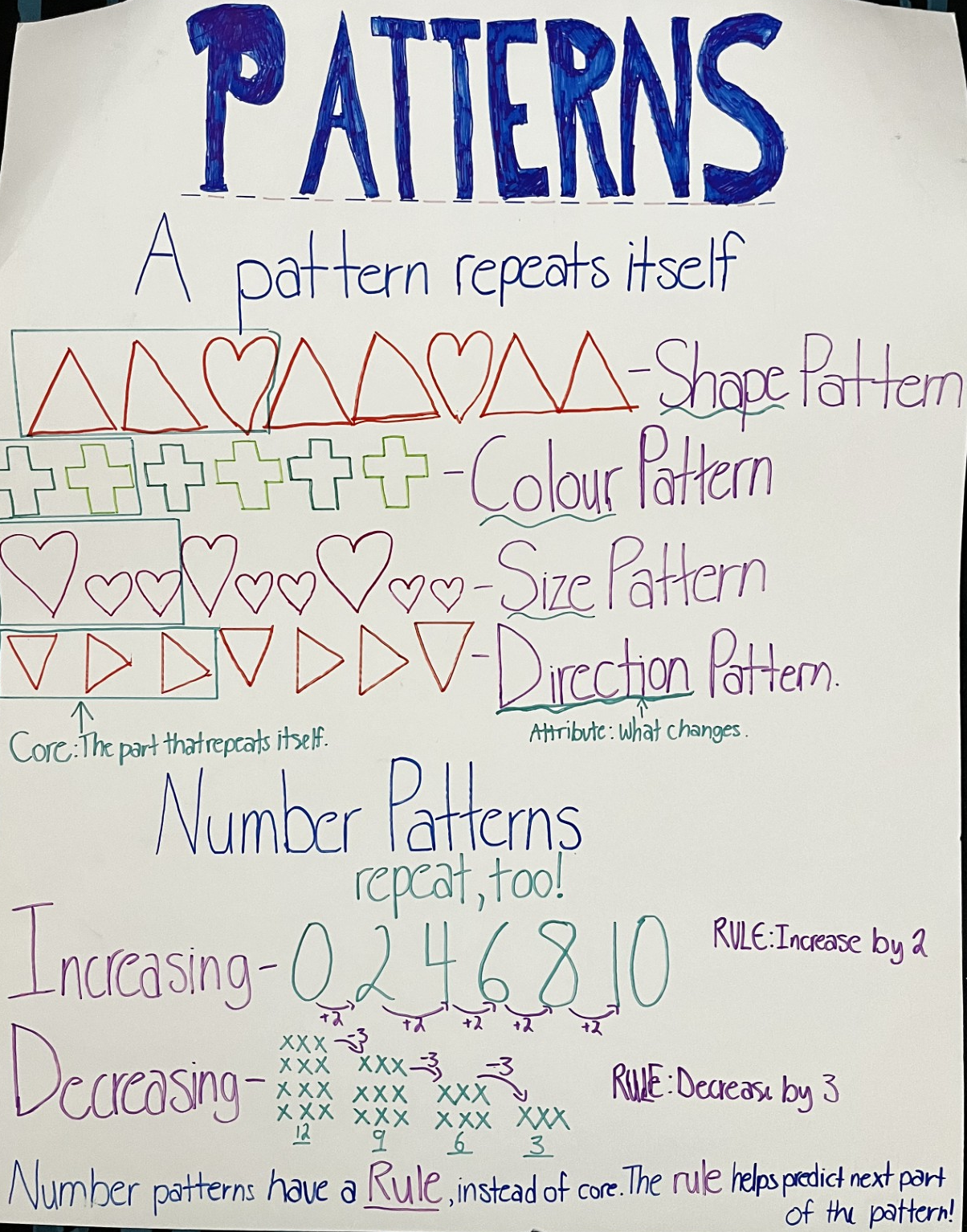
- Description-
In the first semester, we got to teach a math lesson to an actual class for one of our assignments! I was partnered with Ethan in my cohort. We were assigned to a grade 4 class at Gordan Terrace Elementary. This was my first time teaching an actual class and following the lesson plan we had created. Our lesson plan was on patterns, our lesson included a teacher led portion, hands on activities, and then a pattern game including dice. My partner and I put tons of work into this lesson plan in hopes of everything running smoothly. There were about 20 students in the class, and we did not meet the students or teacher before the in situ. Our only communication with the teacher was a few back-and-forth emails confirming dates and times. When we arrived to the school we headed to the grade 4 classroom. The teacher then introduced herself and told us we had access to a projector for our lesson if we needed. While we waited for the students to come inside from recess, the teacher told us a student in her class was hard of hearing, so she explained to us how to use the microphone.
- Feelings-
Upon entering the classroom, I felt instantly nervous. I calmed myself down by thinking about how much effort my partner and I had put into our lesson. Also, the teacher calmed my nerves slightly because she was very kind and aware that this was our first time ever teaching. Yet, even with all the planning and preparation we had gone through, I felt helpless while trying to manage the entire class and ensure all the students understood the concepts. There were two students I felt empathy for; one was hard of hearing, so we had to wear mics to hear us teach our lesson. When the teacher told us this, I instantly thought about how we should have asked her before if there were students in her class who had a learning disability or who were more prone to flipping their lids. The second student I felt empathy for seemed to have no idea what a pattern was, even after the lesson we did together. I felt terrible because, without basic knowledge, the student’s ability to participate in all the other activities of the lesson hinged on it. I felt overwhelmed because I did not know how to help this student, and I did not feel capable of helping all the students sufficiently.
- Evaluation-
There were both positive and negative things to this situation. The positives were that most students understood our lesson and gave us great feedback on our exit slips. We had tons planned so that we had enough activities during class time, and it left little time for breaks between our activities, which is essential for class management. Ethan and I circulated tons throughout the lesson, which was super beneficial for students because they received lots of help and feedback as soon as they needed it. Ethan and I collaborated well, making the lesson run smoothly, and this has helped me practice working with colleagues. This relates to the 7th teacher competency as I practised working with my colleague Ethan (7th UVIC Teacher Competency). The negatives in this situation were that we were not fully prepared for students with learning disabilities. Even though we included modifications in our lesson plan that made activities simpler, more was needed for one student to participate in the fun activities we planned. And lastly, we weren’t aware that one student in the classroom had a learning impairment. Although it was easy to turn on the mic and switch it between who was talking, we had trouble remembering to do so because we just found out about the student right before beginning our lesson.
- Analysis-
Our lesson went well mainly because we had tons of material prepared and planned for our lesson. We came up with many plans and materials for our lessons and activities. This ensured there weren’t huge lulls between what the class was doing, and it allowed us to manage the class better because the students were often engaged in hands-on activities or verbal recall (Nagro et al., 2020). Since we kept the students involved through numerous activities, the students grasped the content better and most understood the exit slip questions on patterns. However, we needed help with modifying our activities and lessons appropriately for everyone. This was because we did not ask our in-situ teacher if there were students in the class who had learning difficulties or disabilities. This caused us to not have a pathway or connection to the students who didn’t just get it. I struggled to help these two students. If I had known beforehand, we could have improved this learning experience for these students.
- Conclusion-
I learnt a lot after my first real teaching experience. I learnt how important it is to know your students! To improve this situation, I needed to ask my in-situ teacher if any students in the class had learning difficulties. Secondly, I learnt it is essential to stick to the teacher’s tactics in their classroom to grasp students’ attention. This is important because the students know what is expected of them when we use the same attention cues as their teacher. Also, I learnt how important it is to over-plan rather than under-plan. Since we had tons planned, I felt more confident going into the classroom knowing the number of things we had created for our lesson. Something that could have been done better is being aware of our students before entering the classroom. As we have learnt repeatedly throughout this program, connection is everything! Students who aren’t connected to you cannot learn from you. I still think about how I should have contacted the teacher to know which students were disadvantaged. Although I feel very guilty about this, I can improve this quickly and will.
- Action Plan-
If I could go back to this experience, I would make sure that I had more awareness about the students that I was teaching so I could form a better connection with them so they could learn more from me. Secondly, I would ensure that I had more modifications planned for students with learning disabilities because I do not want any of my students to be in a position where they cannot participate in classroom activities. I should always contact the teachers’ classroom. I am going in advance, so I am aware of what students need extra help with or modifications to ensure that they have a positive learning experience.
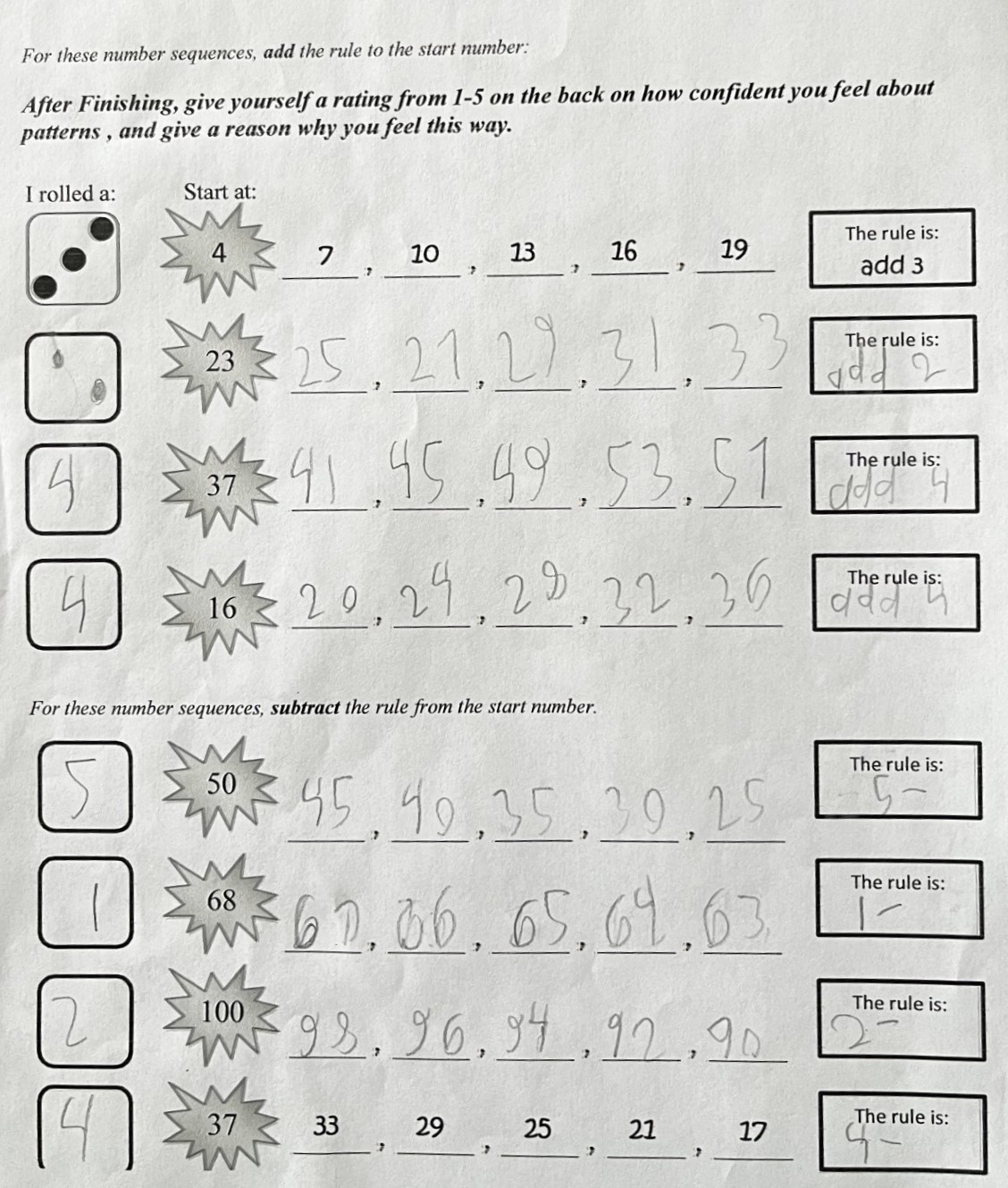
This was the assessment activity the students completed at the end of class. It was really important to us as teachers to receive feedback from the students.
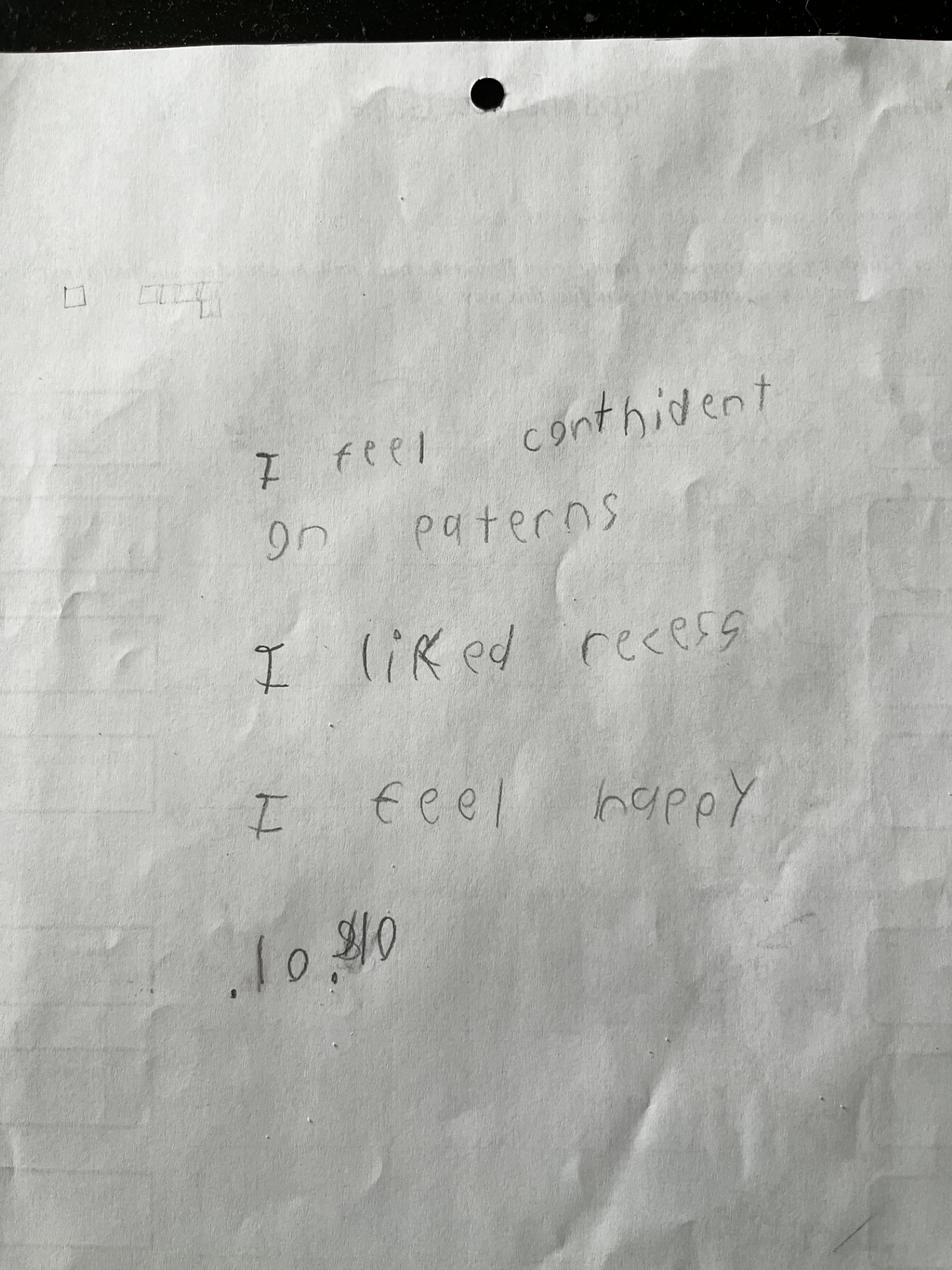
The majority of students really enjoyed and understood our lesson!
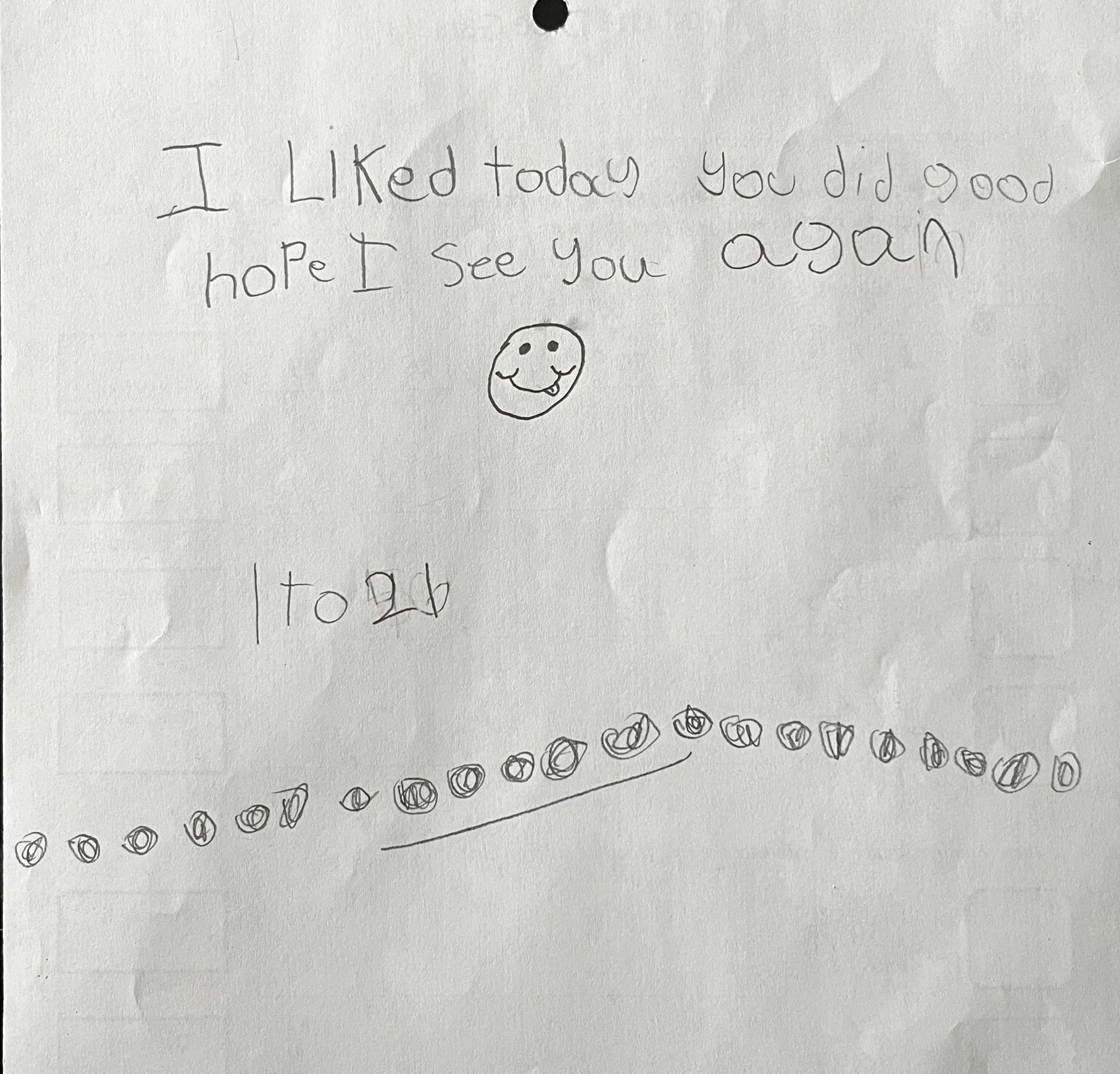
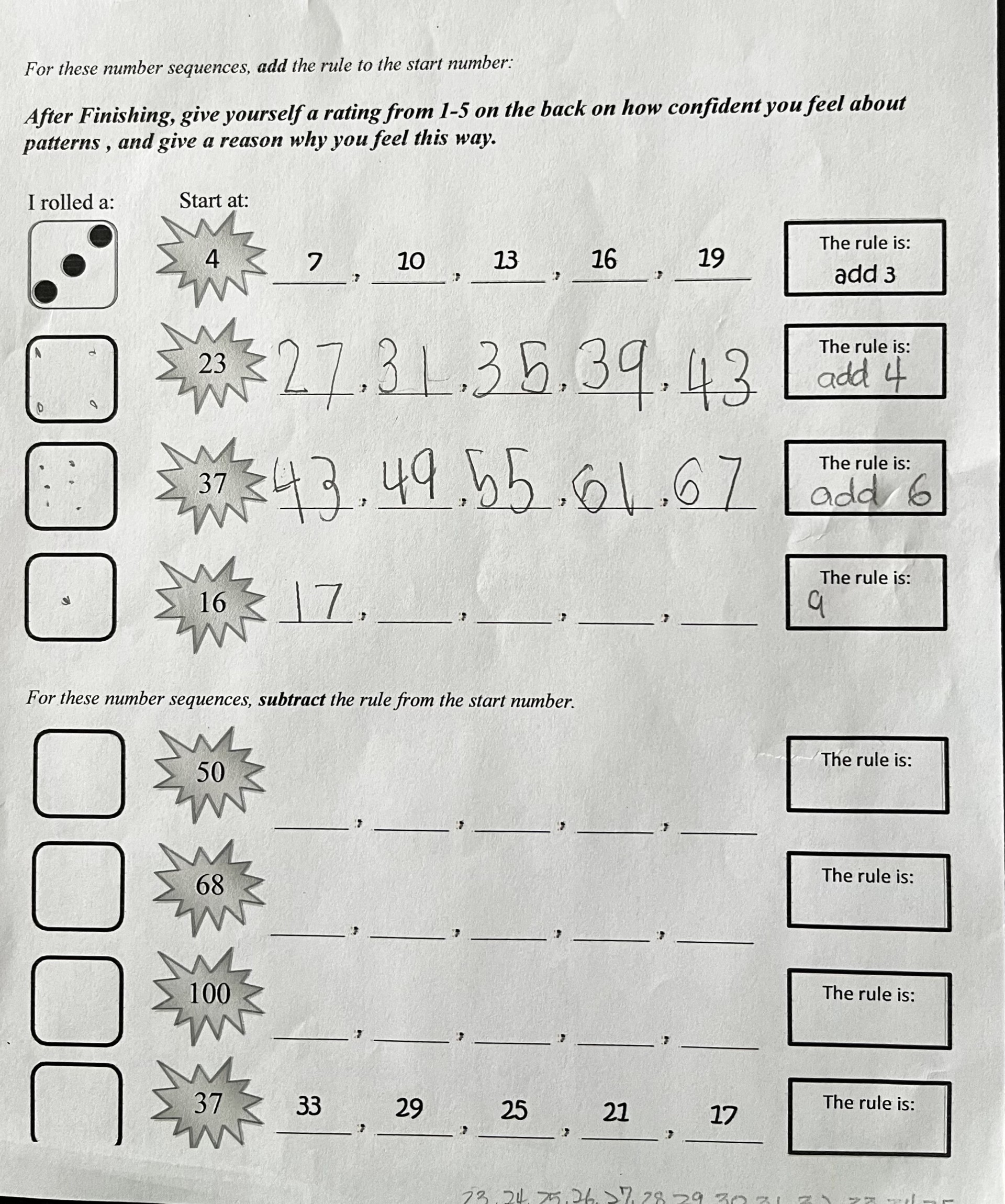
But this was not the case for everyone.
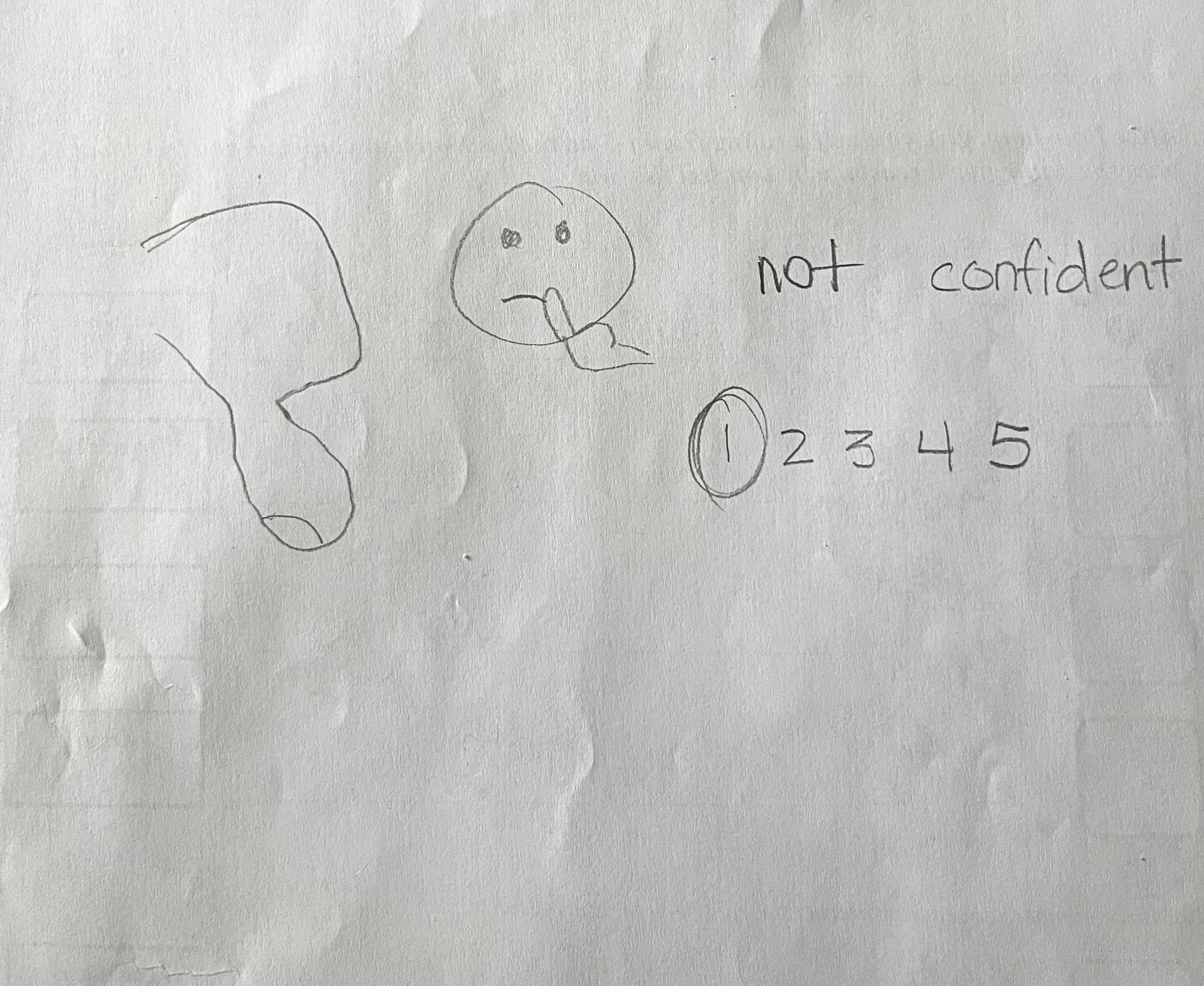
This shows how important student feedback is. I hope to improve my teaching practices with every experience I have so I can meet every student where they are at.
References:
Nagro, S. A., Hirsch, S. E., & Kennedy, M. J. (2020). A Self-Led Approach to Improving Classroom Management Practices Using Video Analysis. TEACHING Exceptional Children, 53(1), 24-32. https://doi.org/10.1177/0040059920914329
Teacher Education Program Competency Guide | UVIC Teacher Education
